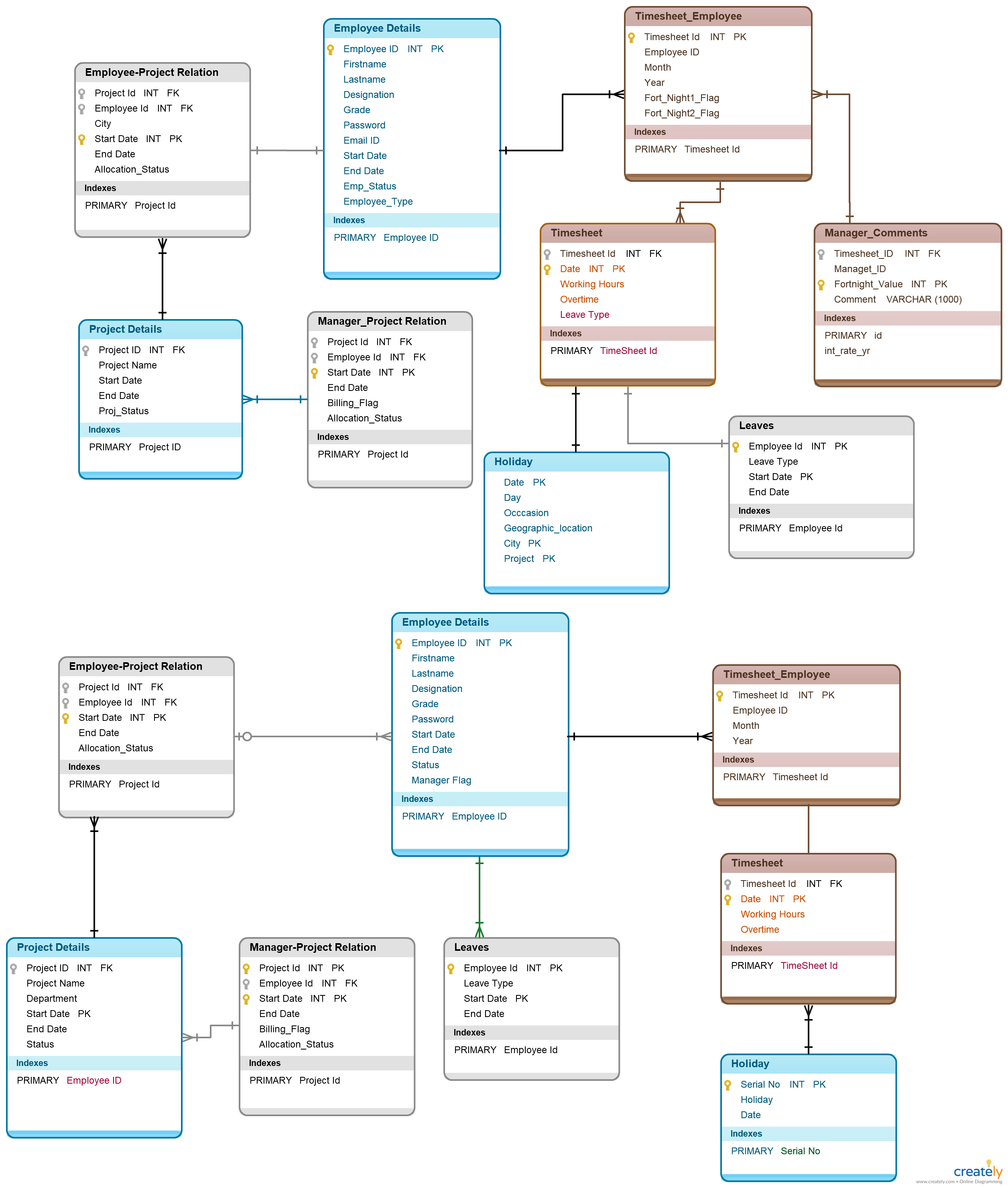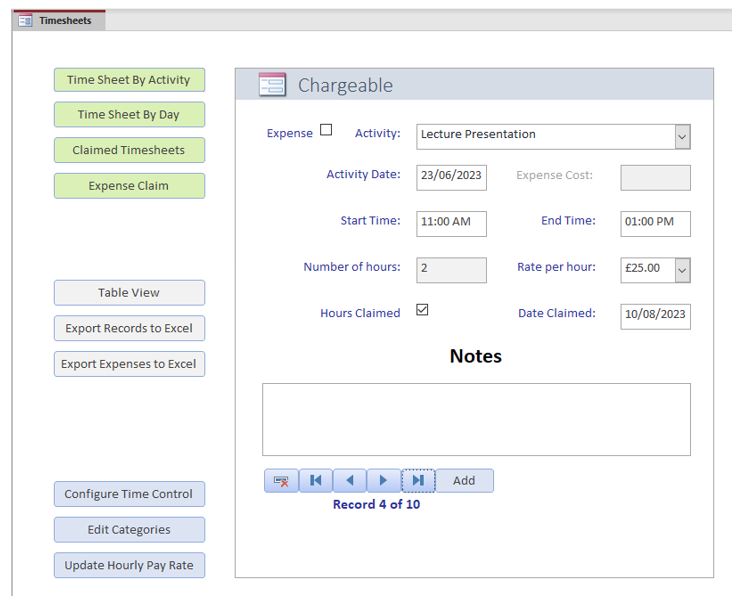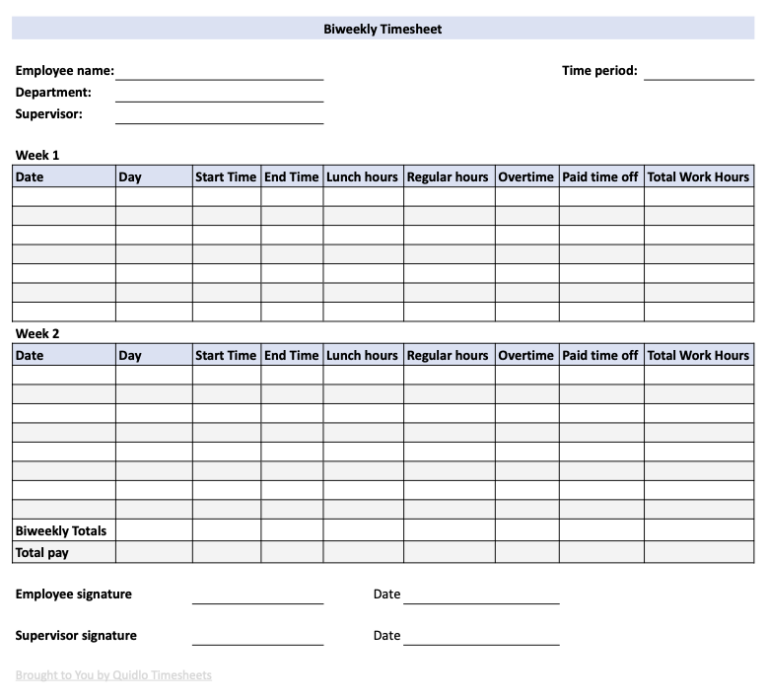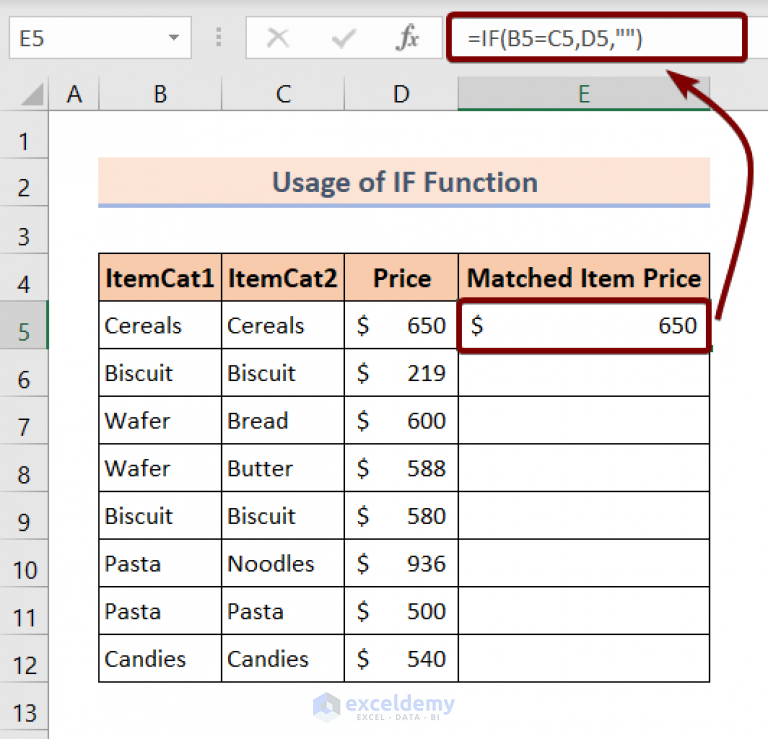5 Tips to Design Timesheets Database

Managing employee time tracking and payroll is crucial for any business, and a well-designed timesheet database can streamline these processes. This article will delve into the intricacies of creating an efficient timesheet database, offering insights and practical tips to enhance your system's effectiveness. From understanding the core components to exploring advanced features, we'll cover it all. Let's dive in and uncover the key steps to designing a robust timesheet database.
Understanding the Basics of Timesheet Database Design

A timesheet database is the backbone of any time tracking and payroll management system. It serves as a digital repository for recording and managing employee work hours, ensuring accurate payroll calculations and compliance with labor regulations. Designing an efficient timesheet database requires careful consideration of various elements, from data structure to user experience.
Key Components of a Timesheet Database
At its core, a timesheet database consists of several essential components. These include:
- Employee Records: A comprehensive profile for each employee, including personal details, employment status, and payroll information.
- Time Entries: A record of hours worked, breaks, and any overtime. These entries are typically associated with specific projects or tasks.
- Payroll Calculations: The system should automate payroll calculations, considering various factors like salary, hourly rates, bonuses, and deductions.
- Reporting: Robust reporting capabilities enable managers to generate insights from timesheet data, aiding in decision-making and strategic planning.
- User Management: Controls for managing user access, ensuring data security and privacy.
Data Structure and Organization
A well-structured timesheet database is crucial for efficient data retrieval and analysis. Consider the following best practices:
- Use a relational database management system (RDBMS) to establish relationships between employee records, time entries, and payroll data.
- Normalize the data to avoid redundancy and ensure data integrity. This involves breaking down data into tables and establishing relationships between them.
- Implement data validation and integrity checks to ensure accurate and consistent data entry.
- Utilize data indexing to optimize query performance, especially for large datasets.
User Experience and Accessibility
A user-friendly interface is essential for widespread adoption and efficient timesheet management. Key considerations include:
- Simplify the timesheet entry process, making it intuitive and quick. Employees should be able to record their hours effortlessly.
- Provide clear instructions and visual aids to guide users through the system.
- Ensure responsiveness and accessibility across different devices and browsers.
- Implement role-based access controls to restrict sensitive data to authorized personnel only.
Advanced Features for Enhanced Functionality

Beyond the basics, incorporating advanced features can elevate your timesheet database to a powerful tool for managing employee time and payroll.
Project and Task Management
Integrating project and task management capabilities allows employees to associate their time entries with specific projects or tasks. This provides valuable insights into project timelines, resource allocation, and overall productivity.
| Project | Task | Time Spent |
|---|---|---|
| Project A | Task 1 | 8 hours |
| Project B | Task 2 | 4 hours |
| Project A | Task 3 | 2 hours |

Overtime and Leave Management
Implementing robust overtime and leave management features ensures compliance with labor laws and helps businesses manage employee time off effectively. These features should include tracking and approving overtime hours, as well as managing sick days, vacation time, and other types of leave.
| Employee | Overtime Hours | Leave Balance |
|---|---|---|
| Employee A | 10 hours | 5 days |
| Employee B | 8 hours | 3 days |
| Employee C | 0 hours | 7 days |
Real-time Reporting and Analytics
Advanced reporting and analytics capabilities provide managers and stakeholders with actionable insights. Real-time reports can include productivity metrics, project progress, and resource utilization. These insights enable data-driven decision-making and help identify areas for process improvement.
Integration with Payroll Systems
Seamless integration with existing payroll systems ensures accurate and timely payroll processing. This integration automates the data transfer between the timesheet database and the payroll system, reducing manual errors and saving time.
Tips for Effective Timesheet Database Design
When designing your timesheet database, keep these expert tips in mind to ensure a successful implementation:
Define Clear Objectives
Start by clearly defining the objectives and goals of your timesheet database. Identify the key stakeholders and their specific needs. This will guide your design choices and help you prioritize features.
Embrace Scalability
Design your database with scalability in mind. As your business grows, your timesheet database should be able to accommodate more users and handle increased data volume without compromising performance.
Implement Robust Security Measures
Employee data, including timesheet records, is sensitive. Implement strong security measures to protect against unauthorized access and data breaches. This includes encryption, access controls, and regular security audits.
User Testing and Feedback
Involve a diverse group of users in the testing phase. Collect feedback and iterate on the design to ensure a user-friendly and intuitive experience. User feedback is crucial for identifying pain points and optimizing the system’s usability.
Regular Maintenance and Updates
Timesheet databases require regular maintenance to ensure optimal performance and security. Schedule routine backups, monitor system health, and apply software updates and security patches promptly.
Conclusion
Designing an efficient timesheet database is a critical step towards effective time tracking and payroll management. By understanding the core components, implementing advanced features, and following best practices, businesses can streamline their operations and gain valuable insights from timesheet data. With a well-designed system, businesses can ensure compliance, optimize resource allocation, and make informed decisions to drive growth.
How can I ensure data accuracy in my timesheet database?
+To ensure data accuracy, implement robust data validation and integrity checks. This includes verifying data against predefined rules, such as valid date ranges and time formats. Additionally, encourage employees to review their timesheets regularly and provide a mechanism for managers to approve or reject time entries.
What are some common challenges in timesheet database design?
+Common challenges include managing complex data relationships, especially when integrating with other systems. Additionally, ensuring data security and privacy, especially with sensitive employee data, can be a significant challenge. It’s crucial to implement strong access controls and encryption to protect against unauthorized access.
How can I improve user adoption and engagement with the timesheet database?
+To improve user adoption, prioritize a user-friendly interface. Simplify the timesheet entry process and provide clear instructions. Additionally, involve users in the design process through feedback sessions. Regularly communicate the benefits of the system to encourage engagement and ensure a positive user experience.



